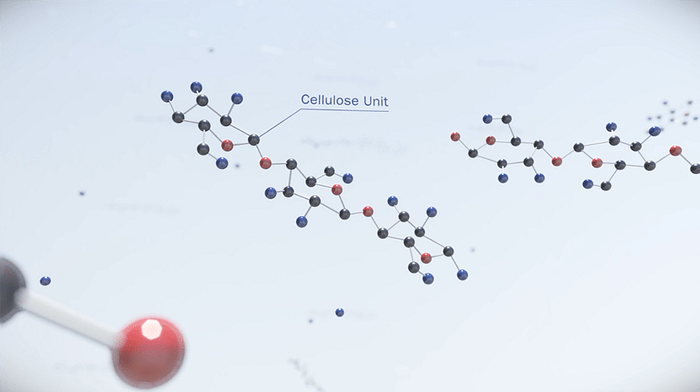What are the properties of cellulose ether?
Cellulose ether is a versatile and widely used polymer derived from cellulose, a natural polymer found in the cell walls of plants. Cellulose ether is modified cellulose, where some of the hydroxyl groups on the cellulose molecule are replaced with ether groups. This modification imparts a range of beneficial properties to cellulose ether, making it valuable in various industrial applications. In this comprehensive discussion, we will explore the properties of cellulose ether, its types, and its diverse applications.
 cellulose ether
cellulose etherProperties of Cellulose Ether:
Solubility: One of the most significant properties of cellulose ether is its water-solubility. It dissolves readily in water, forming clear and stable solutions. This property is crucial for many applications where controlled viscosity, binding, or film-forming is required.
Viscosity Control: Cellulose ethers exhibit excellent thickening and rheological control properties. They can increase the viscosity of solutions and suspensions, which is valuable in applications such as paints, adhesives, and pharmaceutical formulations.
Film-Forming: Cellulose ether can be used to form transparent and flexible films when dissolved in water. These films are often used as coatings or binders in various industries, including food and pharmaceuticals.
Surface Activity: Some types of cellulose ether possess surface-active properties, allowing them to stabilize emulsions and improve the dispersion of solid particles in liquids.
Chemical Stability: Cellulose ethers are chemically stable under a wide range of conditions, including acidic and alkaline environments. This stability makes them suitable for use in products with varying pH levels.
Thermal Stability: Cellulose ethers generally exhibit good thermal stability. They do not break down at moderate temperatures, making them suitable for use in products that require thermal processing.
Biodegradability: Cellulose ether is derived from renewable sources and is biodegradable, making it an environmentally friendly choice for many applications. It degrades naturally into harmless substances under appropriate conditions.
Adhesive Properties: Cellulose ethers are often used as binders and thickeners in adhesives, where they contribute to improved tackiness, bonding strength, and long-term adhesion.
Compatibility: Cellulose ethers can be blended with various other polymers and additives, enhancing their versatility and applicability in different industries.
Non-Ionic Nature: Many cellulose ethers are non-ionic, which means they do not carry a charge in solution. This property can be advantageous in applications where ionic interactions may interfere with desired performance.
In summary, cellulose ether is a versatile polymer with a wide range of properties that make it suitable for various industrial applications. Its water-solubility, viscosity control, film-forming capabilities, and chemical stability make it an indispensable ingredient in industries ranging from pharmaceuticals to construction, food, and personal care. Additionally, its renewable and biodegradable nature aligns with environmental sustainability goals, making cellulose ether a preferred choice for many applications.
评论
发表评论